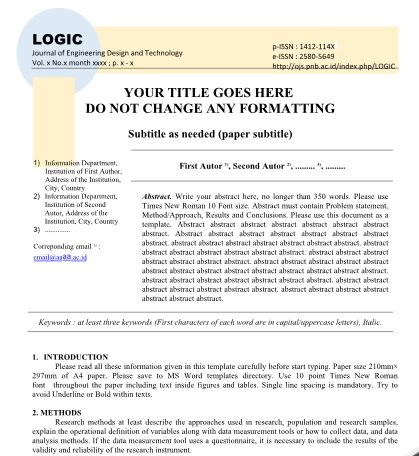The Effect of Sengon Wood Powder Particle Size and Composite Composition on The Performance of Non-Asbestos Brake Linings
Keywords:
brake pads, hardness, non asbestos, wearAbstract
The purpose of this study was to determine the effect of particle size and composite composition on the mechanical properties of non-asbestos brake linings. This type of research uses quantitative experiments. There are 3 kinds of variables used, namely a) independent variables consisting of particle size and composite composition; b) dependent variables consisting of hardness value and wear rate value; c) controlled variables consisting of shore D durometer method and Wear Rate with 800 rpm, 120 seconds time, and 20 psi pressure. The data analysis technique uses the factorial anova method because it is to determine the effect of the interaction between particle size and composite composition on brake lining. Data analysis was carried out twice, namely hardness test data and wear rate tests. After that, the data obtained was processed using the Minitab application. The results showed that particle size and composite composition affect the hardness and wear of brake lining. Smaller particle size increases hardness, especially in specimens using Fe composition. The use of iron powder resulted in higher hardness. Iron powders with better mechanical properties showed lower wear rates. The interaction effect of particle size and composite composition on brake lining performance is that the interaction of the two independent variables has a significant effect on brake lining performance.








